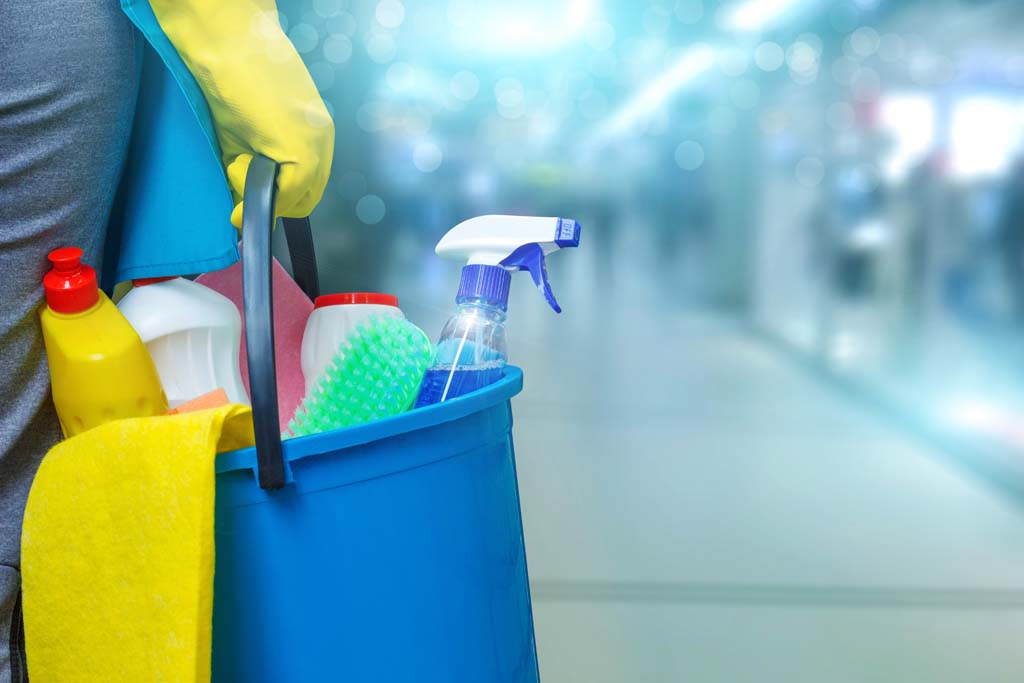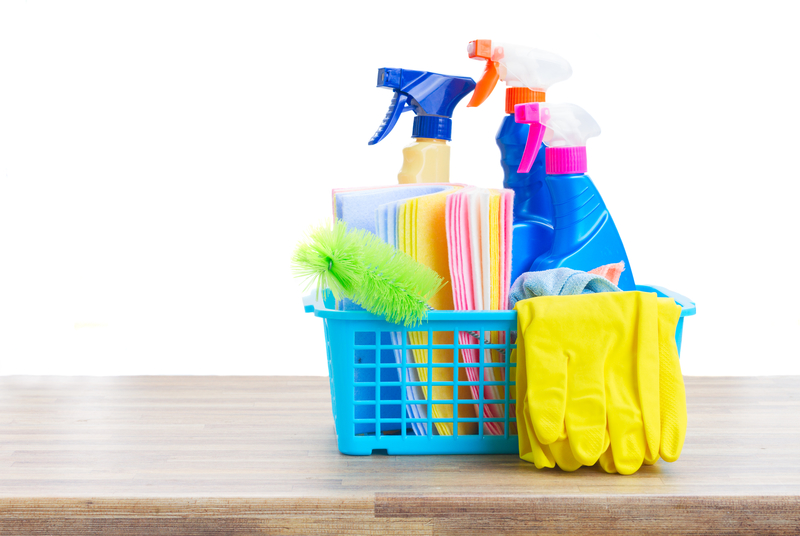Comprehending the Requirement for Extensively Disinfecting and Disinfecting Often Touched Surfaces in High-Traffic Areas
In the realm of public wellness and security, the meticulous disinfection and sanitization of frequently touched surfaces in high-traffic areas stand as vital procedures in preventing the spread of unsafe microorganisms. By exploring the numerous elements of surface area disinfection, from the threats linked with disregarding cleansing procedures to the effective techniques that can be utilized, a more clear understanding emerges of the important duty these techniques play in safeguarding public health and wellness.
Value of Surface Sanitation
Emphasizing the thorough disinfection of high-traffic surfaces is critical in preserving a sanitary atmosphere and stopping the spread of hazardous pathogens. High-touch surfaces such as door manages, light buttons, elevator buttons, and countertops function as breeding premises for bacteria and infections. Regular disinfection of these surfaces is vital to lower the risk of contamination and transmission of health problems.
By carrying out a robust sanitation protocol, companies and organizations can develop a safer environment for visitors, clients, and employees. Correct surface area sanitation not only reduces the spread of infectious diseases however likewise imparts confidence in the cleanliness and safety of the properties. This proactive method demonstrates a commitment to health and wellness and wellness, which is specifically important in high-traffic locations where the chance of exposure to virus is heightened.
Furthermore, surface sanitation plays a critical role in general infection control methods. Combined with hand hygiene techniques, putting on masks, and maintaining physical distancing, comprehensive disinfection of high-touch surfaces forms an extensive defense versus the transmission of harmful microbes. Prioritizing surface area sanitation is an important component of a holistic method to health and wellness in common rooms.
Threats of Disregarding Cleaning Practices
Overlooking extensive disinfection of high-traffic surfaces significantly increases the threat of viral and bacterial contamination, positioning a serious danger to the wellness and security of individuals often visiting these rooms. Failing to apply proper cleansing methods can result in the build-up and spread of unsafe microorganisms, including infections and germs, on frequently touched surface areas such as doorknobs, handrails, lift switches, and counter tops.

In addition, overlooking the relevance of complete cleansing not only jeopardizes the well-being of people but also threatens initiatives to maintain a hygienic and clean environment. It is crucial to acknowledge the importance of correct disinfection procedures in avoiding the spread of infections and guarding public health.
Reliable Disinfection Approaches
To preserve optimum tidiness and lower the risk of contamination on high-traffic surfaces, using effective sanitation approaches is vital. Among one of the most typical and reliable disinfection approaches is utilizing chemical anti-bacterials. These products can vary in stamina and make-up, with some targeting particular microorganisms like viruses or germs. It is crucial to comply with the maker's guidelines for proper dilution, contact time, and ventilation when utilizing chemical anti-bacterials to guarantee their effectiveness - Scrub the Surfaces.
Another effective method is the use of UV-C light. UV-C light has been shown to be effective in killing a wide array of bacteria by disrupting their DNA structure, thus preventing them from duplicating. It is vital to use UV-C light properly, making certain that the proper strength and direct exposure time are applied to achieve the preferred sanitation outcomes.
Furthermore, utilizing steam cleaning as a sanitation method can be extremely effective, particularly on surfaces that are heat-resistant. Vapor can permeate permeable surfaces and eliminate bacteria, infections, and other microorganisms efficiently. When making use of steam cleansing, it is essential to make certain that the surface gets to the required temperature level for a sufficient amount of time to assure proper sanitation.
Influence on Public Health And Wellness
The maintenance of high requirements of sanitation and disinfection on high-traffic surfaces plays an important function in securing public wellness. Regularly touched surfaces in areas with high footfall, such as doorknobs, handrails, elevator buttons, and restroom centers, offer as reproducing premises for dangerous virus.
Reliable cleanliness practices not just shield people from falling sick however likewise add to the overall well-being of society. Public health and wellness authorities highlight the value of preserving clean environments to avoid episodes and have the spread of ailments. In high-traffic locations like flight terminals, colleges, hospitals, and public transport systems, the official statement influence of extensive disinfection measures can not be downplayed. Prioritizing the sanitization of frequently touched surface areas is a positive approach to advertising public wellness and improving the security of people in common spaces.
Applying Normal Cleaning Methods
Immediately instituting and sticking to a consistent routine of cleansing protocols is extremely important for preserving the sanitation and safety of high-traffic surface areas. Regular cleansing procedures are important in protecting against the accumulation of bacteria and pathogens on regularly touched surfaces, specifically in areas with high foot website traffic. By implementing a systematic technique to cleansing, organizations can successfully lower the risk of illness transmission and develop a much healthier setting for staff members, customers, and the general public.
To establish an effective cleaning routine, it is crucial to recognize high-traffic locations that require frequent focus. These locations may consist of doorknobs, hand rails, lift buttons, washroom centers, and common tools. Implementing a routine cleaning program that targets these surface areas multiple times a day can considerably minimize the spread of unsafe microorganisms and infections.
Moreover, using suitable cleaner and disinfectants is essential to making sure that surface areas are extensively disinfected. Normal training of cleansing team on proper Continue cleaning techniques and the significance of adherence to the cleaning schedule is additionally important in maintaining a hygienic setting. By focusing on regular cleansing methods, companies can promote the health and well-being of individuals that interact with these high-traffic surface areas.

Conclusion
In verdict, it is crucial to focus on detailed sanitation and sanitization of frequently touched surface areas in high-traffic locations to stop the spread of damaging pathogens and keep public health and wellness. It is crucial to acknowledge the significance of keeping tidy surfaces in high-traffic locations to guarantee the well-being of the neighborhood.
In the realm of public health and safety and security, the precise sanitation and sanitization of often touched surface areas in high-traffic areas stand as vital steps in stopping the spread of dangerous pathogens. By checking out the numerous elements of surface disinfection, from the threats linked with overlooking cleaning methods to the efficient approaches that can be employed, a more clear understanding emerges of the crucial role these methods play in safeguarding public health and wellness.Additionally, utilizing vapor cleaning as a sanitation method can see be extremely efficient, especially on surfaces that are heat-resistant. When making use of steam cleaning, it is crucial to guarantee that the surface area gets to the required temperature for an enough quantity of time to guarantee appropriate sanitation.
In verdict, it is critical to prioritize complete disinfection and sanitization of often touched surfaces in high-traffic areas to stop the spread of harmful pathogens and maintain public health and wellness.